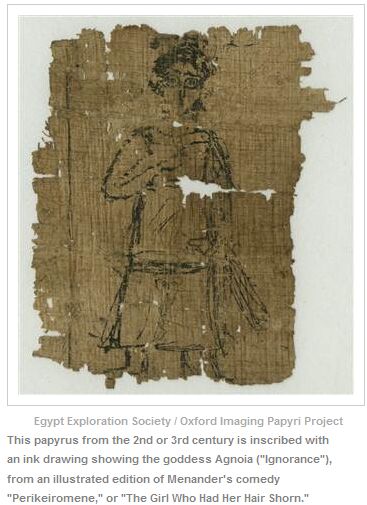3056
« Last post by Arizona Hot on September 16, 2012, 05:44 PM »
From the Ithkuil Introduction:
Comparison to Other Constructed Languages
Those readers familiar with the history of artificial language construction might think this endeavor belated or unnecessary, in that logical languages such as James Cooke Brown’s renowned Loglan (or its popular derivative, Lojban) already exist. This serves to illustrate exactly what distinguishes Ithkuil from such previous attempts. Loglan was published in the 1950s as a spoken/written language based on symbolic logic (formally known as the first-order predicate calculus), an algorithmic system of symbol manipulation devised by mathematicians and logicians. As a result, one might think that such a language is the most capable means of achieving logical, unambiguous linguistic communication. However, Loglan and its derivatives are merely sophisticated tools for symbol manipulation, i.e., the levels of language known as morphology and syntax. It is not within the scope of such languages to address any reorganization of the semantic realm. This means that symbolic logic simply manipulates arguments which are input into the system, they do not analyze the origin of those arguments in terms of meaning, nor are they capable of analyzing or formalizing the structure of the cognitive or semantic realm of the human mind in terms of how meaning itself is assigned to arguments. (Indeed, Lojban derives its roots via statistical “sampling” of the most frequent roots in the six most spoken natural languages, a method virtually guaranteed to carry over into the Lojban lexicon all of the lexico-semantic inefficiencies previously described.) By not addressing these components of language, Loglan and similar efforts fail to address the inconsistencies and inefficiency inherent in language at the lexico-semantic level. Ithkuil has been designed to systematically address this issue.


 Recent Posts
Recent Posts